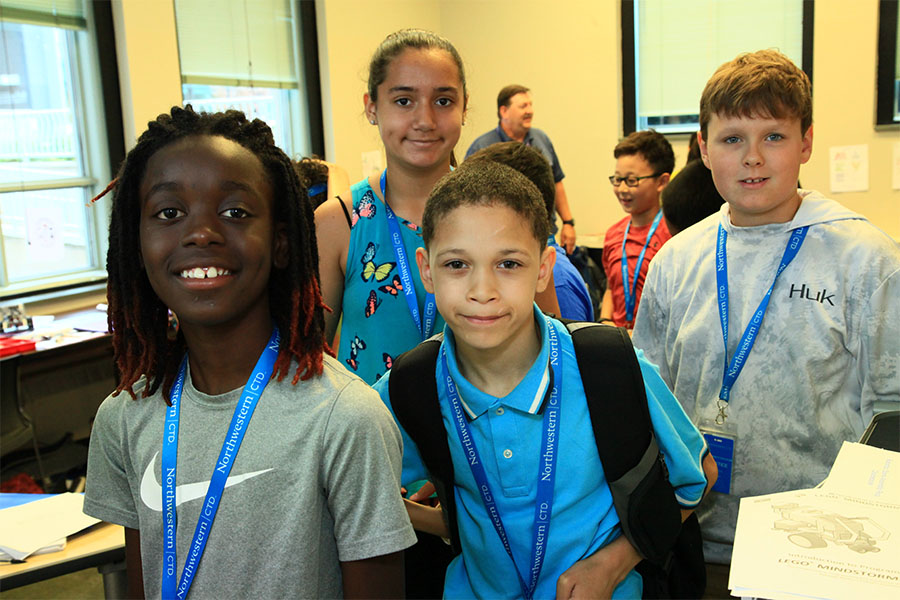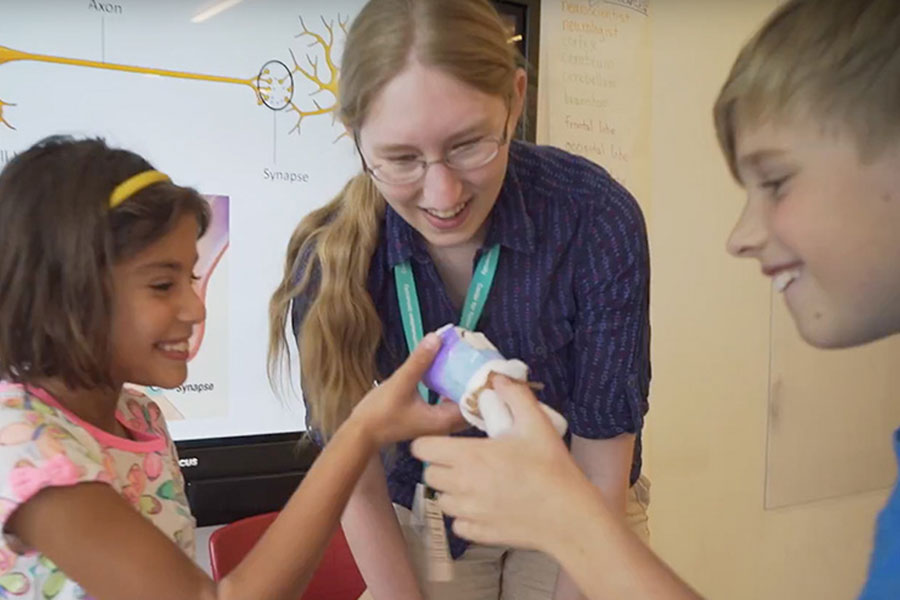by Libby Galin
Spring brings plenty of rainy days providing the perfect opportunity for young, aspiring writers to put pen to paper. However, sometimes just sitting down and writing a story or an article can be a daunting task. All writers are encouraged to use warm-ups to get their creative juices flowing. Writing warm-ups help budding authors tap into their creativity, think more deeply about their piece and find an entry point to defining key things about their written piece such as voice, setting, character, tone and imagery. Encourage your young author to get the creative process started with a writing collage: a visually appealing and creative mix of the written word and an artistic piece.
This activity is for students in grades 5 through 8 but can be modified for younger children too.
Materials:
- Magazine cut outs or old photos
- Notebook
- Timer
- White or construction paper
- Colored pencils or thin markers
- Child safe scissors
- Glue
- White paper: approximately 12” x 18” (smaller or larger will work fine depending on the size you want the final product to be)
- Computer/word processor (optional)
Steps:
1. In a magazine or in a box of old photos that may be used for a project, identify 3-4 pictures that inspire you. Cut the magazine pictures out or set aside the photos. (Don’t think too hard about what the photos should be; simply select the pictures that you like.)

2. Set your timer for three minutes. Choose a photo. In the three minutes, describe in the richest, most vivid detail what you see in the photo or what the photo brings to your mind. As you write, use the five senses. Think about how things would look, feel, smell, taste and sound in the photo.

3. Repeat for each picture you selected.
4. Rewrite your description for each picture on a piece of white paper using colored pencils or thin markers using your best handwriting (or type the descriptions using your favorite font). Let the shape of your words to be creative and to reflect the picture you are describing. For example, the white paper the words are on could be the same shape or size as the picture.

5. Create a frame for each set of words and each picture by cutting out construction paper that is the same shape but slightly larger than the paper or picture.
6. Glue the written descriptions and pictures on to the frames.

7. Glue the framed descriptions and pictures on to the large piece of paper, arranging them using your artistic eye.

Discussion:
- Examine your finished collage. Why do you think you chose the pictures you did?
- What is the mood of your collage? What about the pictures, colors and words convey this mood?
- Which picture and written piece do you like best? Why?
- What stories could you develop from your written pieces?
Extensions:
- Use one of the descriptions you wrote as a jumping off point for a story. Create plot, identify a voice, theme, characters, setting and conflict.
- Choose your favorite picture and description. Use this as a starting point for a poem.
Modifications for younger children:
Have younger children select simpler, brighter pictures from magazines for kids, such as Highlights or Ranger Rick. Assist with cutting and gluing when necessary. Use specific prompts while they write or dictate their thoughts to an adult or recording device:
- What do you see in this picture?
- What colors are in the picture?
- Is it a happy or sad picture?
- How does it make you feel?
- Where is the picture?
- What is it like in that place?
Additional Resources:
Libby Galin, MS Ed, has taught several classes for the Center for Talent Development in writing, literature, creative studies and science. She has worked with gifted students in a variety of settings throughout her career including a traditional classroom, a pediatric therapy center, as a yoga instructor and through the CTD. Her next writing class is Fan Fiction, offered for grades 6 through 8 during the upcoming Spring Session of the Saturday Enrichment Program.
Is your student interested in pursuing a career in writing? CTD’s annual
Opportunities for the Future Conference on June 29 will feature sessions dedicated to various writing types and career options. Writing courses are also available through
CTD’s Summer Program. Check out the offerings on our website.






